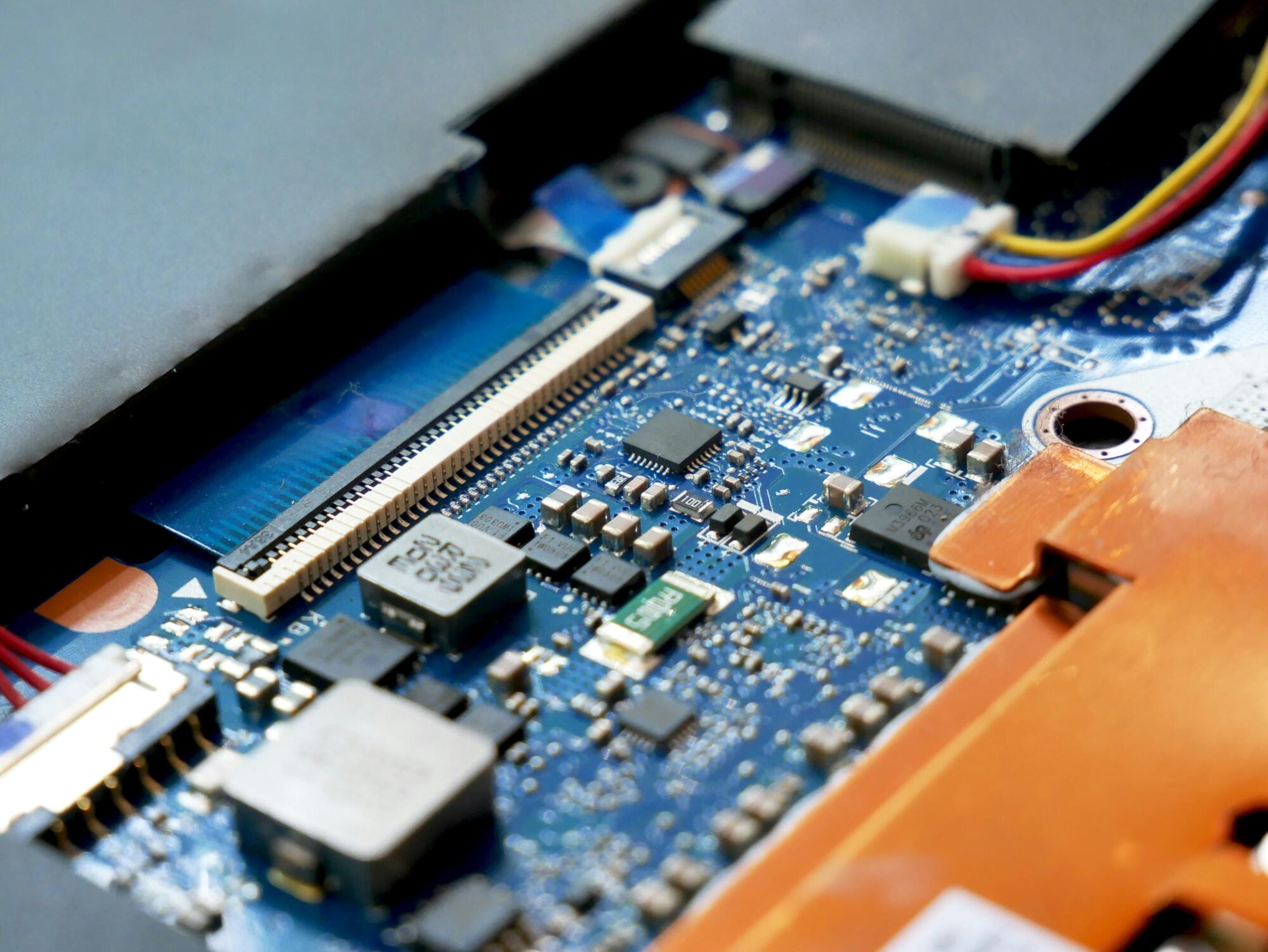What to do if your brokerage account is acquired by another firm

Uh, oh…
Your go-to investing platform was bought by another firm, and your brokerage account is being moved. It happens: just this year, E*Trade acquired 1 million accounts from Capital One Investing (if you’re wondering what happened to ShareBuilder, there you have it).
Even if you received some details about the move, you may be a bit confused about how this is all going to work and what to do next. After all, this is your money we’re talking about — certainly not something to be taken lightly.
Here’s the good news: if you play this right, you could end up in as goodof a situation than you were before, maybe even better. This is the perfect time to evaluate your investing strategy and the tools you need in your brokerage account to successfully reach your financial goals.
Here’s what you can expect throughout the process and what you’ll need to consider along the way to be in an even better position than when you started out:
1. Get an idea of the transition timeline.
Be sure to understand the logistics behind the transfer to plan around key dates and ensure a smooth transition.
Brokerage account transfer deadlines
Similar to what happened to ShareBuilder, there will likely be a period during which you are unable to transfer into and out of your brokerage account while the transition occurs. This date is crucial. For example, if, after weighing the following considerations, you do not wish to have your assets transferred to the new brokerage, you will need to initiate a transfer to a different brokerage prior to this deadline.
Bank account transfers & recurring deposit cutoffs
If you rely on automatic investing or have scheduled deposits to your brokerage account, you’ll also need to be aware of any ACH transfer deadlines. Deposits or withdrawals scheduled for after the cutoff date may be cancelled, so plan accordingly. You’ll also want to take note of the day the transition is complete, so you can reestablish any schedules you have set up.
Access to your new brokerage account
Make note of what day you’ll gain access to your new brokerage account. This is the time to poke around and get a feel for the new platform. If you decide to stick it out and not transfer to a different brokerage prior to this point, this is when you’ll want to make certain the new brokerage meets your needs and take the following into consideration:
2. Take an in-depth look at fees.
Does the new platform charge commissions on trades? How much? Evaluate your current investing strategy to determine the extent to which these commissions could eat into your returns. A $2 increase in trading commissions likely won’t take a significant toll on your returns if you invest once a month in a single stock or fund. But if you’re investing bi-monthly or even weekly in a portfolio of several securities, those $2 commissions could add up fast!
Next, be sure to dive into the nitty-gritty of fees associated with the new platform so you aren’t blindsided down the road. Are there any annual fees you need to be aware of (such as custodial fees)? Any brokerage account minimum or inactivity fees that could sneak up on you? Often these costs are fairly hidden, so you may have to dig a bit to uncover all the details that could affect your account.
“Fees can eat into your investment returns,” Nerd Wallet notes. “Whether they’re baked into the funds you’ve selected as an expense ratio, charged as a brokerage fee on your investment account, added on as a stock trading commission when you buy or sell, or levied by an advisor who is helping you sort through it all, it’s important that you know what you’re paying.”
Finally, if you’re planning to borrow against your portfolio, be sure to evaluate interest rates from your new broker. These can vary considerably from platform to platform and make a significant impact on your bottom line, so don’t automatically assume the rates will mirror that of your past brokerage.
Learn more about what to look for from hidden fees.
3. Evaluate if the new platform meets your unique goals and needs.
Will your new brokerage support all the securities you invest in? If your current platform uses fractional shares, for example, and the new one only allows you to purchase full shares, this can drastically change your investing strategy.
For example, fractional shares make diversification simple: rather than saving up hundreds or thousands of dollars to invest in whole shares of just a few companies or funds, you can invest smaller amounts over time in exactly the portion you want. They also make it easy for investors to follow a dollar cost averagingstrategy — purchasing full shares makes this extremely expensive and unrealistic for the average investor (this is precisely what happened to ShareBuilder users).
You’ll also need to evaluate a myriad of other factors based on your unique financial situation, goals, level of experience, etc. For example: will you need to manually place trades, or does the new platform make this easy with automation? Does the platform have built-in tax efficiency, or will you need to do some manual calculations to ensure you’re not paying more than needed on your investments?
Do your research anddon’t hesitate to ask questions before, during, and after the transition process. Understanding how your new brokerage account works is crucial to your financial wellbeing, so take the time to ensure everything works as you want and expect it to.
Find out if you’re setting the right financial goals.
4. Make a change if necessary.
What happened to ShareBuilder wasn’t a one-time thing — these types of acquisition happen in the financial industry. But remember: there is no law that says you have to keep your business with the new brokerage. You have the right to move your brokerage account at any time.
Once you have an idea for how this new platform works, take the time to evaluate how it fits into your full financial picture in the long-term. Think about how you personally invest:
How much time are you willing to dedicate to picking your investments, placing trades, and maintain your portfolio over time (e.g. rebalancing)? Do you have the capacity to do everything manually, or would you benefit from a bit of automation?
Would you rather invest a little at a time, or in larger sums? Are you comfortable picking all your own investments, or would you prefer a bit of expert guidance?
“There’s vast competition today among online institutions, and if you’ve been with your broker for a long time, it’s worth seeing what else is out there,” writes The Motley Fool. “You may find a broker you like better that rewards you immediately for moving your investments over, and provides you an account offering better perks over the long term.”
Think everything through to ensure your new brokerage meets your needs, or if there is another that may be better suited to your investing style and make the change if necessary. After all, the right tool truly can make our break your financial goals.
Learn more about how to transfer your investments.
Looking for a good ShareBuilder alternative after your Capital One Investing account was moved to E*Trade?
M1 provides all the features you love about ShareBuilder and more… for free.
Plus, if you’re interested in transferring your brokerage account to M1, now’s the perfect time to do it…
Now through the end of 2018, we’ll cover the cost of any investment account transfer of $15,000 or more to M1.* M1 offers individual and joint taxable accounts, as well as trusts and three different types of individual retirement accounts: traditional, Roth, and SEP IRAs. Best of all? It’s completely free — no commissions or management fees.
Further reading on what to do when your brokerage account gets acquired:
- Categories
- Investing
- Tags



